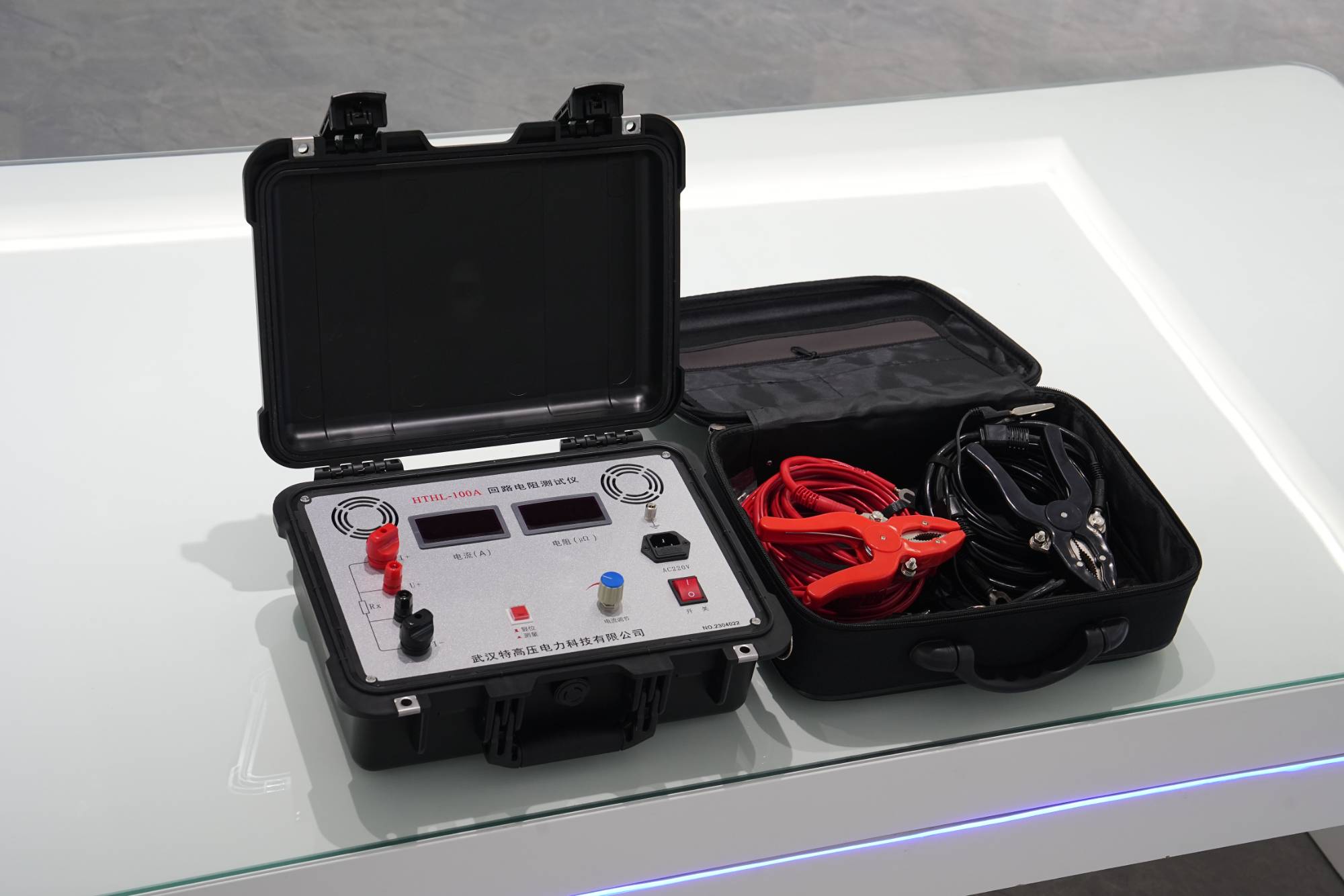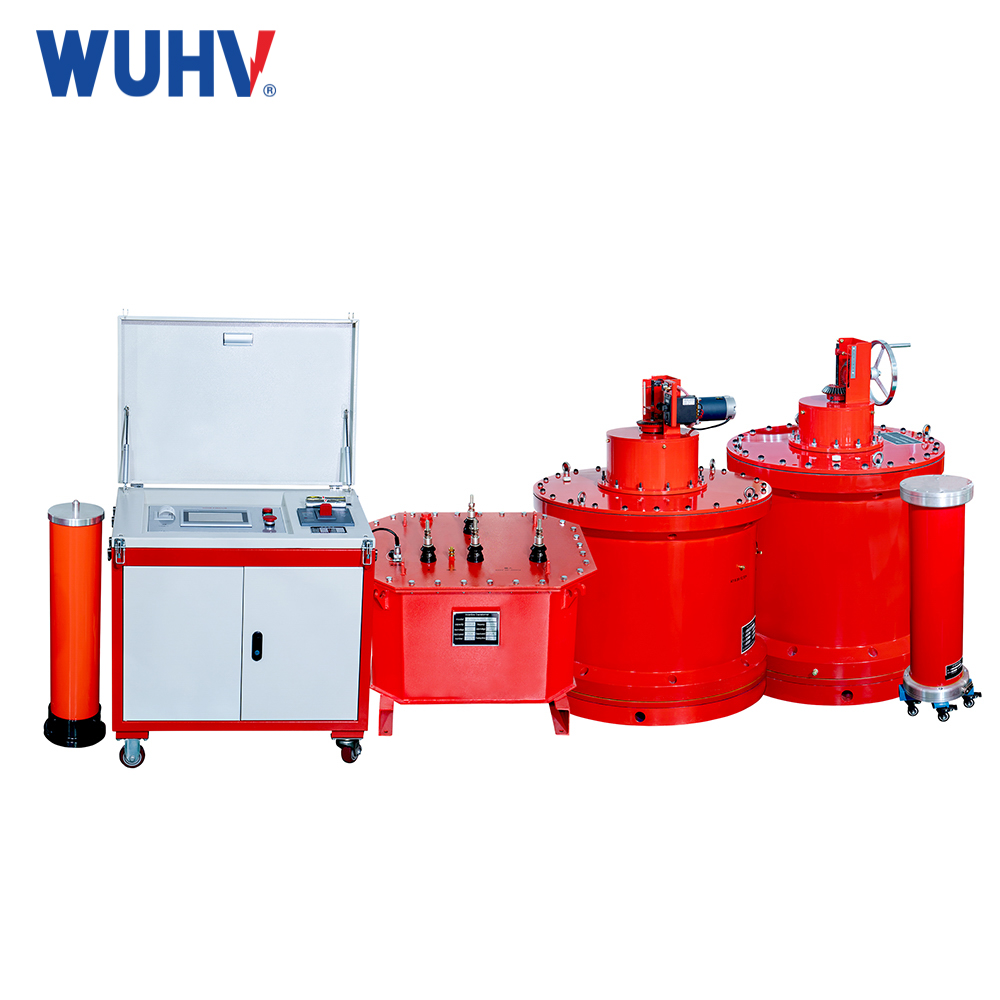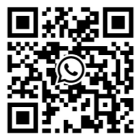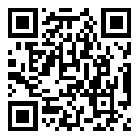ItuContact Resistance Tester under Wuhan UHV can help many power workers conduct various power tests more conveniently.
1.Conductor Testing:
What it measures: The conductor material itself (e.g., a single wire, a metal busbar).
Purpose: To see how well the conductor conducts electricity overall (how low its resistance is).
Focus: Material, cross-sectional area (thickness), length, continuity (no breaks).
Result: Typically on the order of Ohms (Ω).
2.Contact Resistance Testing:
What it measures: The point where two conductors connect (e.g., switch contacts, terminals, plug/socket interfaces).
Purpose: To see how good the connection point is (how tight the contact is, how clean the surfaces are).
Focus: Contact pressure, surface oxidation, contamination, connection method.
Result: Typically on the order of milliohms (mΩ).
Key Difference in One Sentence:
Conductor testing checks the conductive capability of the "wire itself", while contact resistance testing checks the conductive quality of the "connection point". The former focuses on the material, the latter on the connection quality.




















